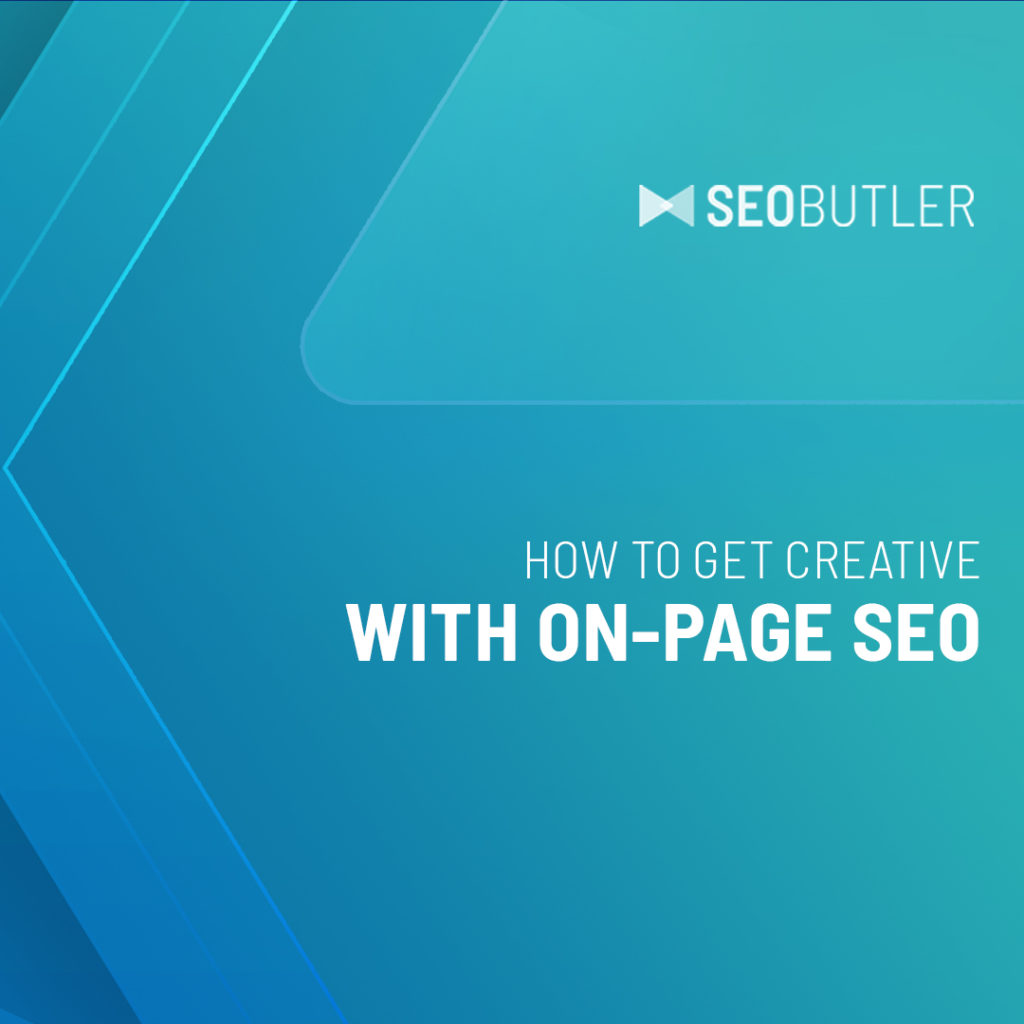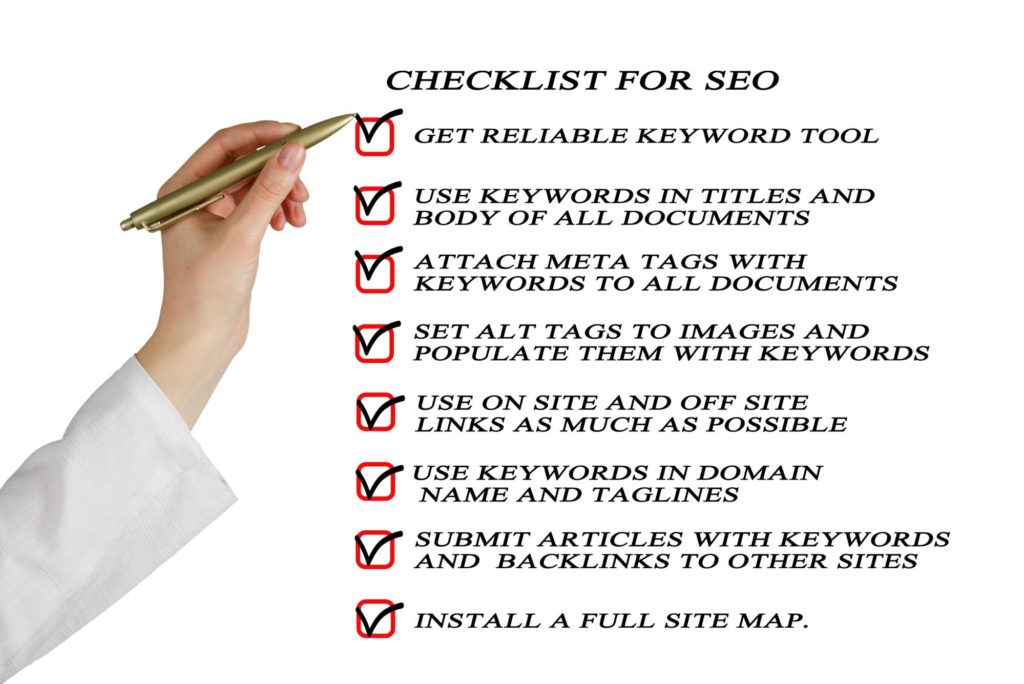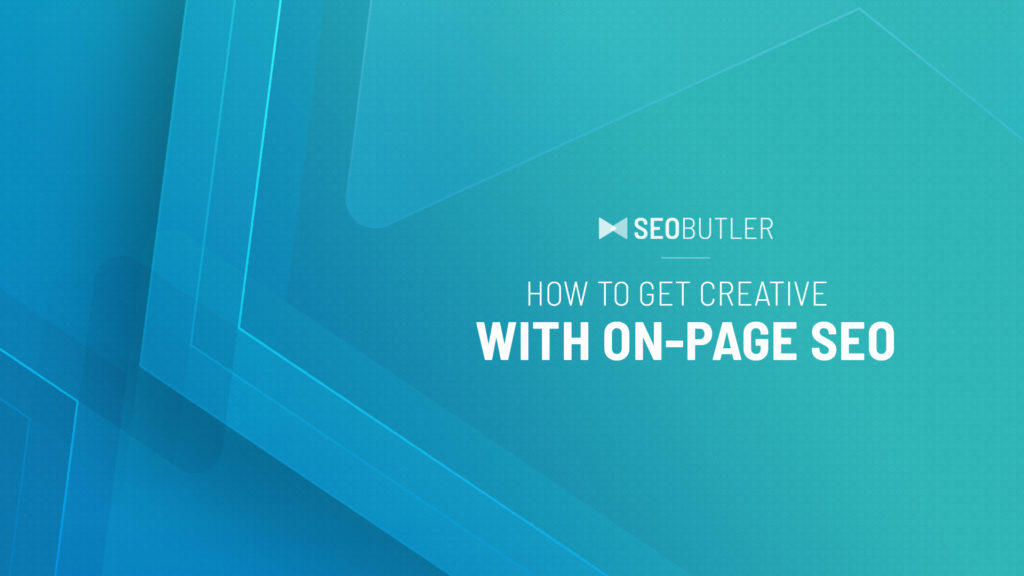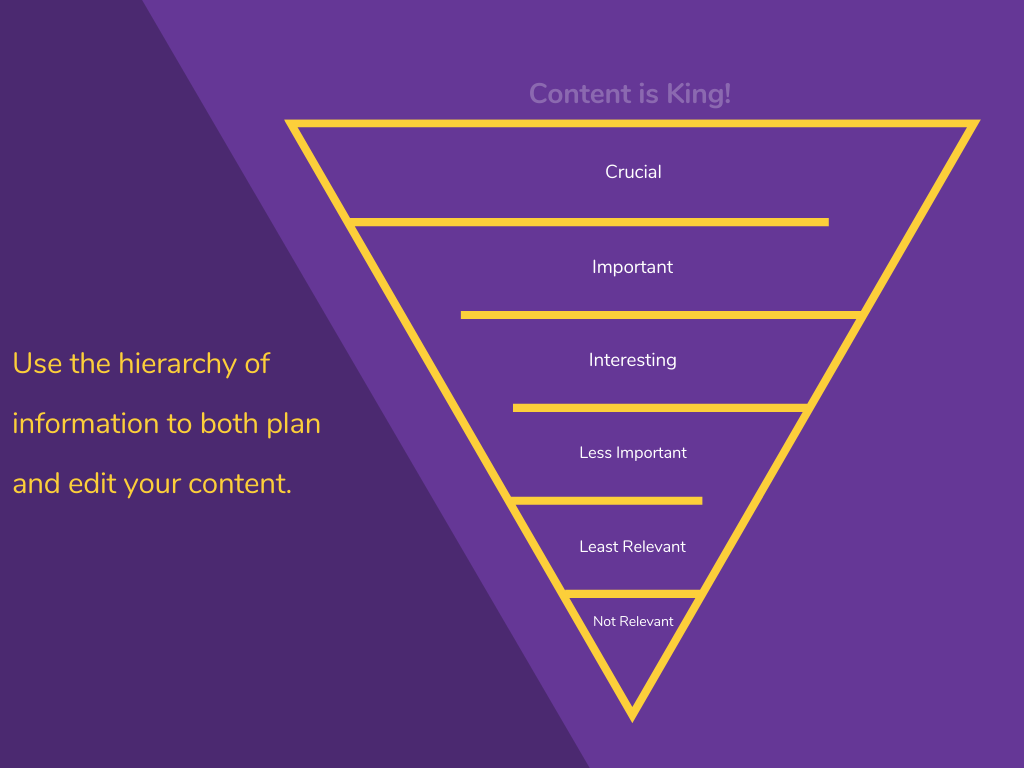How to get Creative with On-Page SEO

So, you’ve worked hard to build your website’s authority — how do you create the valuable content your users will see once they land on your site?
A while ago, many SEOs may have considered on-page SEO to be firmly secondary to off-page SEO.
The truth is that on-page SEO features a variety of crucial ranking factors.
In this post, we outline a creative approach to on-page SEO.
In this post, we outline a creative approach to on-page SEO to help you ensure you rank higher and secure conversions, not just visitors.
Treat this stage of SEO as a creative process.
Brainstorm ideas and try to find unique answers to common on-page SEO questions.
But as with any creative process, you need some form of structure, and the easiest way to do this is with…
A checklist! Yes, how exciting!

Contents
On-Page SEO Checklist
Design Guide
Write Good Content (What is “Good” Content?)
Infographics and Engagement
Review Over Time
On-Page SEO Checklist
Here’s a basic checklist of what every webpage should have.
- Entertaining and Informative Written Content
- Call to Action (CTA)
- Visual Content
- Clear Formatting
- Dynamic Colors
Simple, right?
Use this checklist as a starting point for your own — it’s a skeleton that you need to flesh out.
Design Guide
Your design guide is personal and specific to you.
Plan out what you want your content to be.
How do you do this?
Analyze your competitors’ content and figure out what is working for them.
Ahrefs published a great post on competitive analysis, which takes you through the process step-by-step.
Then figure out how you can use what works for competitors in a way that is unique and individual to your business.

The ultimate design guide is a plan of action for ticking off every ranking factor on your on-page SEO checklist in a way that is exclusive to you.
Compelling, individual choices specific for your webpage are essential when curating a design guide.
Analyze what works for your competitors and do the same but different and better.
Establish goals to set that you want your webpage to achieve. Your design guide is your roadmap for achieving these goals.
When creating your ultimate design guide, make sure to consider these primary objectives:
- Increase your ROI
- Increase CTR
- Increase your site’s authority
Write Good Content (What is “Good” Content?)
What is good content?
How long is a piece of string?
High-quality content depends on two things:
- What niche are you operating in?
- What is your goal for your webpage?
The goal of your webpage could be to generate sales, encourage users to sign-up to an email marketing list, or click through to a contact page.
To achieve the goals you set for your webpage, you need to match your on-site content to your user’s intent.
Create content that your reader wants to read.
To do this, you need to put yourself in your readers’ shoes, do they want to be informed, entertained, or sold something?
If you’re a pet food supplier trying to rank for “best dog food,” the person searching is most likely looking for information on what dog food to buy.
What constitutes “good” content for a webpage focusing on this keyword?
Like any good content, it should be honest, accurate, and genuine.
It’s best to take this approach when writing your content but also understand there is a possibility to generate a sale of your product.
An old piece of advertising advice is to tell the truth, but make it fascinating.
This is how you generate a sale.
Hierarchy of Information
The hierarchy of information is an inverted pyramid.
The most crucial information is at the top of the pyramid and then the less important, but still valuable information, filters down to the bottom of the pyramid.
Apply this structure of written content to capture your readers’ attention as soon as they land on your website.
Whatever you have to say, some of it will be interesting, and some of it likely won’t be.
And that’s OK.
Every good story needs lulls and pauses, opportunities for the reader to catch their breath and absorb the information they’ve just read.
Often in fiction, a novel builds up to a dramatic crescendo.
Copywriting should follow the opposite formula: give away the most important and valuable information straight away.
Grab your user’s attention straight away, and then they’re more likely to stay on your site, as well as click-through onto other webpages.
BERT and Natural Language Processing (NLP)
Why has Google’s BERT algorithm update had such a significant impact on SEO?
Using NLP, Google can now identify the sentiment behind a webpage’s content, as well as the context and meaning behind specific words and phrases.
As time goes by, people have changed the way they interact with search engines.
Google now estimates that 15% of search queries are unique and new.
NLP makes LSI keywords crucial, as well as how you use keywords, not just the density of keywords on a webpage.
When writing content, you still need to include your target keyword in your title and H1.
However, you should focus on targeting a topic relevant to a keyword, not necessarily the keyword itself.
This allows you to focus on writing good content that answers the user’s search query, rather than keyword stuffing or using other outdated and potentially harmful tactics.
Infographics and Engagement
For the purposes of this post, this is how we define engagement: decrease your site’s bounce rate, increase its CTR, and have users interact with your CTA.
Bounce rate is a statistic that shows the number of visitors to your website who leave without visiting any other pages.
The click-through rate (CTR) is the number of users who click on the link to your website on a SERP.
Why does this matter?
Improve your bounce rate, and you improve your chance of securing a conversion.
If users bounce off your site quickly, you don’t have the chance to convert them into clients or customers.
And if they don’t click-thru to your site in the first place — you’ve got no chance whatsoever.
The easiest way to measure both factors is with Google Analytics.
Using Google Analytics, you can measure whether the changes you’re making are having a positive effect or not.
But what changes should you be making?
Add Internal Links
Add internal links to other pages on your website.
Choose pages that are relevant and have the potential to lead to a conversion.
Internal links should take your user on a journey. Think about the consumer journey, a voyage that should start with an introduction and lead to a conversion.
Make the journey honest, informative, and entertaining — that gives you the best chance of landing a successful conversion.
Easy to Access
Your webpage shouldn’t be a brick wall. It should be a door.
Someone visiting your site should be able to understand it within a moment or a second — ideally less.
How do you do this?
Use images, colors, and videos that are relevant and relate to your business and brand.
Use multimedia files to capture the attention of anyone visiting your site.
From there, engage visitors with written content that tells them exactly what they want to know as soon as possible.
Target the Right Keyword
If a keyword has a high search volume and is relatively easy to rank for, you should attempt to rank for it, right? Not necessarily.
You need to check on a crucial metric: click-through rate.
As we’ve already mentioned, you need to ensure searchers are clicking through to your website from SERPs.
When researching keyword topics, choose a keyword that has a high click-through rate, even if the search volume is not as high.
If someone can get the information they want from a featured snippet when you’re trying to secure a conversion on your website, this is not an ideal keyword to attempt to rank for.
Choose a keyword that drives people to your website first, and then you can do the rest.
Review Over Time
Finally, once you’ve optimized your page fully, you’re still not done.
To keep ahead of your competitors, you need to review your work continually.
It should go without saying, but monitor your ranking positions. Keep an eye on your competitors. Analyze your business’s market as a whole. This is how to keep your website optimized.
But if it isn’t broken, don’t attempt to fix it.
If you’re making “optimization” changes when sitting pretty at the top of the rankings mountain, there is only one way you’re going to go: down.
However, if your page is seeing lots of traffic, engagement, and is ranking #1, but you’re not securing any conversions, something has to change.
Edit your CTA, phrase it differently, move it onto a different part of the page, or spring for a Conversion Rate Optimization (CRO) Audit.
Try something new and unique, and see if it works for your business.
Final Thoughts
This blog can only give you advice, on-page SEO is a creative process, that means you need to add your own fresh ideas.
SEO is constantly evolving, and to keep up, you need to be evolving too.
Review and measure your work regularly, check for Google algorithm updates, try to find the new key ranking factors.
Use the advice in this post as a framework and comment below on the benefits you see.
What have we missed?
Let us know that too!
[cta]
[author_bio image=”https://seobutler.com/wp-content/uploads/2020/05/Peter-Bright-Design-Headshot.png” name=”PETER”]Peter is a passionate content creator who has written for a variety of business niches. As a content executive and digital copywriter for the SEO agency Bright Design, he works with a dynamic range of clients. From multi-national corporations to unique start-ups building their brand. He is a regular contributor to SEO blogs across the net and enjoys discussing all aspects of writing and SEO.
[/author_bio]

